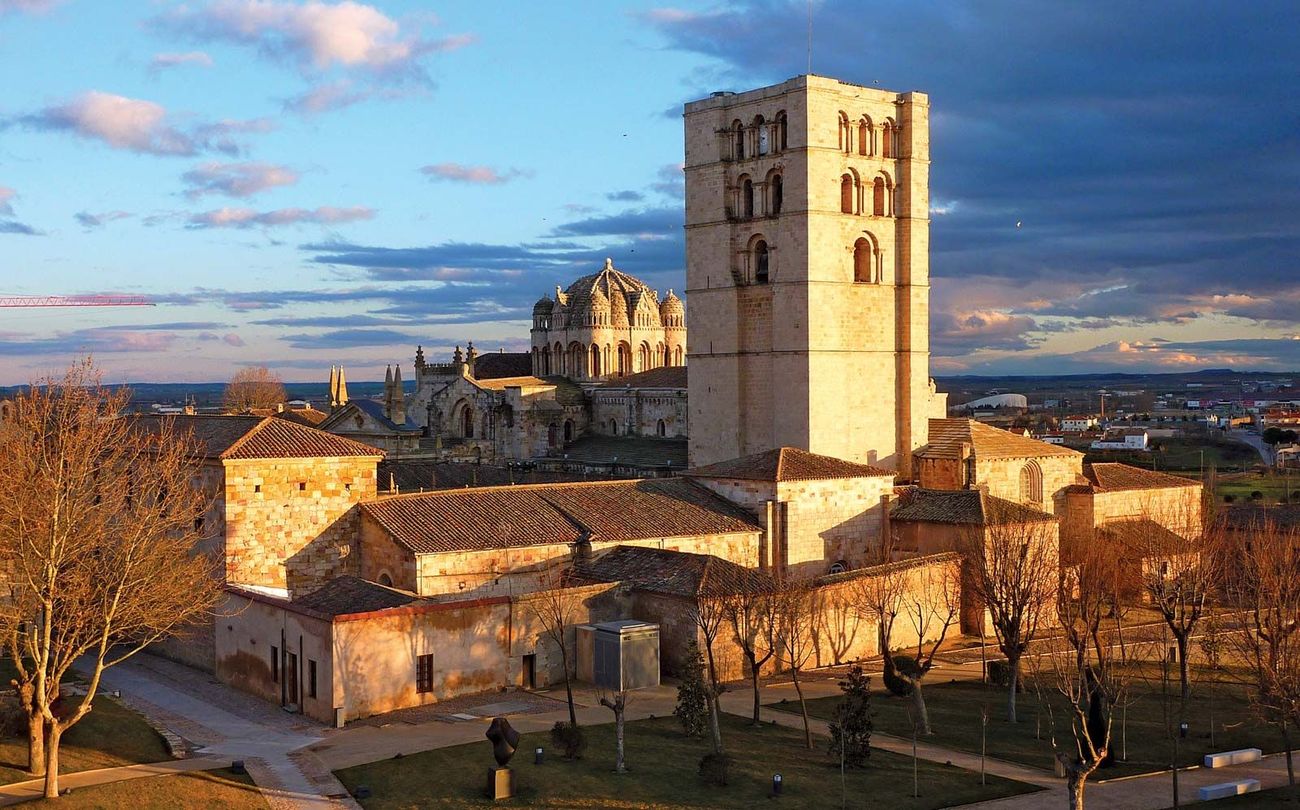
Did you know that Zamora, a hidden gem in Spain, boasts a rich history and stunning architecture? This city, nestled in the northwest, is often overlooked by tourists, yet it offers a treasure trove of fascinating facts. From its Romanesque churches to its medieval castle, Zamora is a history buff's paradise. Imagine walking through streets where ancient walls whisper tales of bygone eras. Whether you're a fan of art, history, or just love discovering new places, Zamora has something for everyone. Ready to learn more? Let's dive into 29 intriguing facts about this captivating city!
Zamora: A Hidden Gem in Spain
Zamora, a city in Spain, is often overlooked by tourists. Nestled in the Castile and León region, it boasts a rich history, stunning architecture, and a unique culture. Here are some fascinating facts about this charming city.
-
Zamora is known as the "City of Romanesque Art" due to its numerous Romanesque churches and buildings.
-
The city has more than 20 Romanesque churches, the highest concentration in Europe.
-
Zamora's Cathedral, built in the 12th century, features a distinctive Byzantine-style dome.
-
The city walls, dating back to the 11th century, are remarkably well-preserved and offer stunning views.
-
Zamora is located on the banks of the Duero River, which has historically been crucial for trade and transport.
Historical Significance
Zamora's history is rich and varied, with influences from different cultures and eras. This section delves into some historical highlights.
-
The city was a strategic military site during the Reconquista, the Christian reconquest of Spain from the Moors.
-
Zamora was the site of the famous Siege of Zamora in 1072, a key event in Spanish history.
-
The city played a significant role in the War of Spanish Succession in the early 18th century.
-
Zamora has been inhabited since prehistoric times, with evidence of Celtic and Roman settlements.
-
The city was an important center during the Visigothic period in the early Middle Ages.
Architectural Marvels
Zamora's architecture is a testament to its rich history and cultural influences. From Romanesque to Gothic, the city's buildings are a visual feast.
-
The Castle of Zamora, built in the 11th century, offers panoramic views of the city and the Duero River.
-
The Church of San Pedro y San Ildefonso is one of the oldest in the city, dating back to the 11th century.
-
The Church of Santa María Magdalena is renowned for its beautiful Romanesque façade.
-
The Church of San Juan de Puerta Nueva, located in the main square, is a prime example of Romanesque architecture.
-
The Palace of the Momos, a 15th-century Gothic building, now serves as the Provincial Court.
Cultural Richness
Zamora is not just about history and architecture; it also has a vibrant cultural scene. This section highlights some cultural aspects that make the city unique.
-
Zamora hosts the Holy Week processions, declared a Festival of International Tourist Interest.
-
The city is famous for its traditional music and dance, particularly the "Jota" dance.
-
Zamora's local cuisine includes dishes like "bacalao a la tranca" (codfish) and "arroz a la zamorana" (rice with pork).
-
The city has several museums, including the Ethnographic Museum of Castilla y León and the Baltasar Lobo Museum.
-
Zamora is known for its wine production, particularly the Toro wine region nearby.
Natural Beauty
Beyond its historical and cultural attractions, Zamora offers natural beauty and outdoor activities. This section explores some of the natural highlights.
-
The Arribes del Duero Natural Park, located nearby, is a stunning area with deep canyons and diverse wildlife.
-
The Lago de Sanabria, the largest glacial lake in Spain, is a popular spot for hiking and boating.
-
The Sierra de la Culebra mountain range is home to one of the largest populations of Iberian wolves in Europe.
-
The Duero River offers opportunities for kayaking, fishing, and riverside walks.
-
The city has several parks and green spaces, including the Parque del Castillo and the Parque de la Marina Española.
Festivals and Events
Zamora's calendar is filled with festivals and events that reflect its rich traditions and vibrant community life.
-
The Fiesta de la Virgen de la Concha, held in September, is one of the city's most important religious festivals.
-
The Romería de la Hiniesta, a pilgrimage to a nearby village, takes place on the Monday after Pentecost.
-
The Feria de San Pedro, held in June, features concerts, bullfights, and a bustling fairground.
-
The Semana Santa (Holy Week) processions are some of the most famous in Spain, attracting visitors from all over the world.
Zamora's Rich Tapestry
Zamora, with its ancient history, stunning architecture, and vibrant culture, offers a unique blend of the past and present. From the majestic Duero River to the bustling local markets, every corner of this city tells a story. The Romanesque churches and medieval walls stand as testaments to its rich heritage. Local festivals, like Semana Santa, bring the community together, showcasing traditions passed down through generations. The gastronomy here, with its delicious cheeses and fine wines, is a treat for the senses. Whether you're a history buff, a foodie, or just someone looking to explore a lesser-known gem, Zamora has something for everyone. Dive into its cobblestone streets, engage with the friendly locals, and let the charm of Zamora leave an indelible mark on your heart.
Was this page helpful?
Our commitment to delivering trustworthy and engaging content is at the heart of what we do. Each fact on our site is contributed by real users like you, bringing a wealth of diverse insights and information. To ensure the highest standards of accuracy and reliability, our dedicated editors meticulously review each submission. This process guarantees that the facts we share are not only fascinating but also credible. Trust in our commitment to quality and authenticity as you explore and learn with us.
